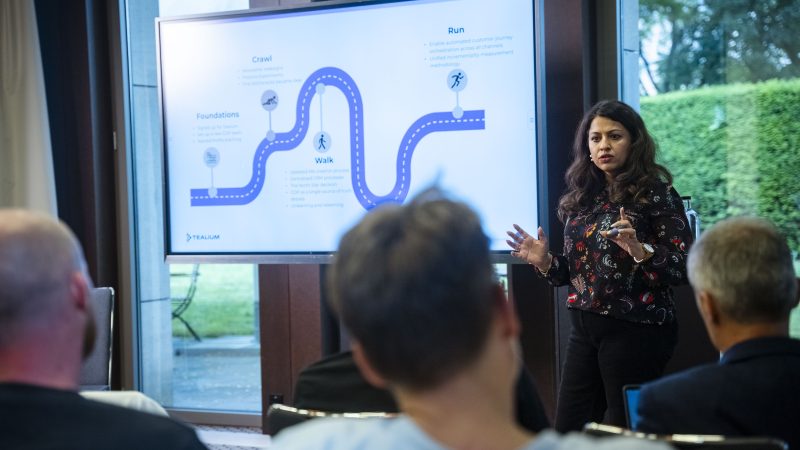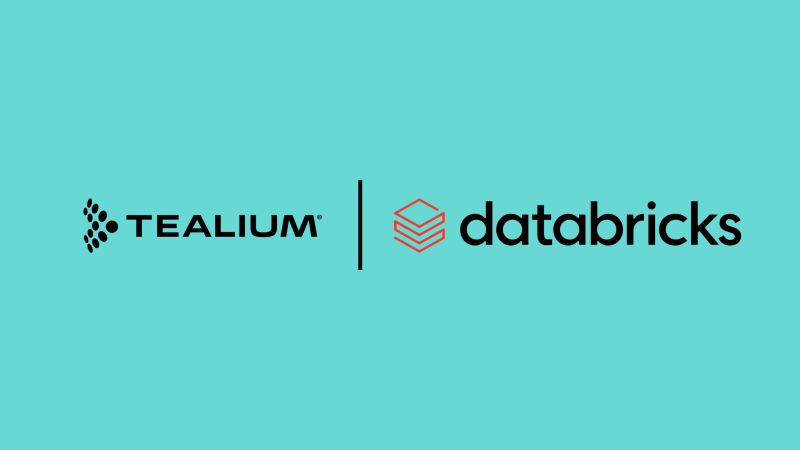A former Netflix employee recently came out with a behind-the-scenes revelation on just how deep the personalized experiences go on the giant streaming platform, after a TikToker published a post about how Netflix personalizes their thumbnails. In fact, the title of the article from LADbible is, “Former Netflix employee explains eerie level of detail your account is personalized to you.” The word eerie stands out, implying that personalization is somehow creepy – a public perception about how businesses use our personal data that has long been held. But does that still hold up?
In the article, Niles, the former Netflix employee spilling the beans, is quoted as saying on her TikTok, “We choose the shots based on: Is it more comedic versus dramatic, does it connotate science fiction versus horror, the lighting, the colouring, all of those things are by design, it’s not just we pick a shot and say […] he’s gonna pick on Bradley Cooper.” Finally, Nile revealed the personalization is also based on “what you are watching and what other people who watch similar content are clicking on and responding to.”
It subsequently stirred a raucous debate on TikTok about this level of personalization.
So, how much personalization do customers actually want? And how well does that correlate with the “eery” talk track around data collection and personalized experiences?
In our recent eBook, “In Data We Trust: A Guide For Establishing Customer Trust Through Privacy,” we explore the dichotomy between customer data privacy regulations and the simultaneous demand for personalized experiences. Instead of being a tight rope to walk, we see this as an opportunity to build out thought data governance, collection and activation strategies that are transparent and trust building. Embracing privacy requirements as a part of the customer experience, instead of in opposition to it, is the way for organizations to collect more data and use it to create trusted, privacy-centric customer relationships.
Look at these stats on customer expectations for personalized experiences, for example:
- 81% of Sailthru survey respondents cited a willingness to share personal data to earn loyalty program benefits to a trusted retailer/brand and 70% are willing to share their data to receive special discounts and offers to a trusted brand/retailer.
- 88% of consumers surveyed by Merkle view a brand’s products as having higher quality if they feel like the brand is listening to their needs. 91% of consumers are slightly or significantly likely to make a repeat purchase if they feel a brand has listened.
- According to Segmentify, 62% of customers expect brands to personalize every interaction
- 74% of Segmentify respondents said they feel frustrated enough to abandon the experience when the offer is irrelevant to them.
On the other hand, there are these statistics about customer trust in the use of their personal data:
- According to the Pew Research Center, 81% of the public say that the potential risks they face because of data collection by companies outweigh the benefits. And 79% of consumers are concerned about how companies use the data collected.
- 71% of PwC’s study respondents said they would buy less from a business that lost their trust. Out of that, 73% said they would spend significantly less.
- 85% of customers won’t forgive a company’s missteps, even if they previously trusted the brand.
- In the US, only 3% of Americans say they understand how current online privacy laws actually work.
It turns out that customers actually love personalization and unknowingly appreciate and even expect this level of interactive personalization. They just don’t totally understand how the data collection and personalization system works, leaving room for skepticism.
The trend for personalized experiences is only going to increase. According to the latest IDC Futurescape report, Worldwide Chief Marketing Officer 2023 Predictions, “Web3 technology adoption will drive 45% of global brands to create new immersive experiences, accessible content, and engaged communities, growing the customer experience (CX) creator economy into a $300 billion market by 2024.” Additionally, the report predicts that “by 2025, 48% of G2000 B2B-branded content will be immersive, interactive, inclusive, and curated to meet buyers’ expectations of ‘connected experiences in context’ set in motion by B2C brands.”
In other words, the personalization that people are experiencing in their daily personal lives is beginning to cross over into their business lives, as well. Which makes sense. The people working in these organizations are individual customers outside of their professional roles and experience the B2C personalized customer experiences already. We all naturally will come to want and expect this same level of personalization in our work lives, as well. That’s because personalization makes life – and business – easier.
What is also true is the amount of transparency and communication necessary to help customers continue to embrace personalization. In the wake of third party cookie loss and privacy requirements around the globe, the customer data value exchange is more critical than ever in order to build the kind of personalization customers desire.
The fourth prediction made in the latest IDC Futurescape report states that “by 2025, G2000 brands will need to be transparent about and anchor marketing messaging on contextual value outcomes for the customer, or risk losing up to 65% of their lead to opportunity conversions.”
So, where does this leave us on the debate of how much personalization do customers actually want?
There are three truths about personalized experiences that cannot be dismissed:
- People want and even expect personalized experiences.
- Customers are still unclear on how personalization works and how their data is being used.
- This provides an awesome opportunity to educate your customers and build trust through data collection and the subsequent execution of personalized experiences.
For more information on how to create privacy-centric personalized experiences that build trust, download “In Data We Trust: A Guide For Establishing Customer Trust Through Privacy” today.







